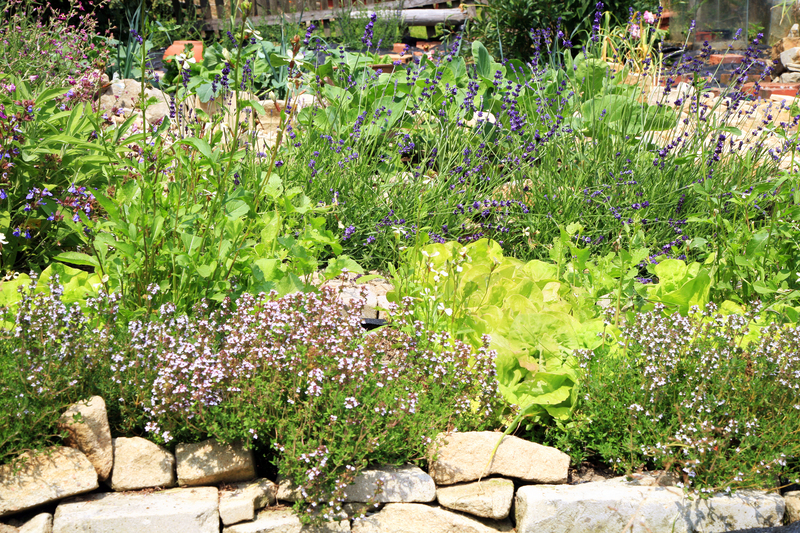Stunning Ground Cover Tips for Your Garden
Posted on 14/04/2025
Ground covers are an essential component in garden design, providing both aesthetic appeal and functional benefits. These low-growing plants can fill in blank spaces, prevent soil erosion, and reduce weed growth. Whether you're a novice or an experienced gardener, here are some stunning ground cover tips to enhance your garden.
1. Choose the Right Plants
The first step in creating a beautiful ground cover is selecting the right plants for your specific region and garden conditions. Consider the climate, soil type, and sunlight exposure. Some popular choices include:
- Creeping Thyme: Ideal for sunny spots, this aromatic herb adds color and fragrance.
- Hostas: Perfect for shaded areas, available in various sizes and colors.
- Ajuga: Grows well in both sun and shade and produces beautiful blue flowers.

2. Prepare the Soil
A successful ground cover starts with well-prepared soil. Remove any existing weeds or grass, and consider adding some compost or organic matter to enrich the soil. This will give your ground cover plants the nutrients they need to thrive.
3. Plant with Care
When planting ground cover, be mindful of the spacing between plants. While it might be tempting to plant closely for immediate coverage, giving every plant enough space can prevent overcrowding and promote healthier growth. Follow the specific planting recommendations for each plant variety.
4. Maintain Proper Watering
Young ground cover plants require consistent watering to establish their roots. Once established, many ground covers are drought-resistant and require less frequent watering. Ensure that you understand the water needs of your chosen plants and adjust accordingly based on your region's climate.
5. Use Mulch
Applying a layer of mulch around your ground cover plants can help retain moisture, reduce weeds, and improve soil health. Organic mulches, like shredded bark or leaf mold, are excellent choices that will break down and enrich the soil over time.
6. Prune and Divide
Regular pruning and dividing of your ground cover plants will promote healthy growth and prevent them from becoming invasive. Many plants can be divided every few years to keep them looking their best and to spread their beauty to other areas of your garden.
Pros and Cons of Ground Cover Plants
Before diving into planting ground covers, it's vital to weigh their advantages and disadvantages:
Pros:
- Reduces weed growth
- Prevents soil erosion
- Enhances garden aesthetics
- Provides habitat for beneficial insects
- Reduces watering needs once established
Cons:
- Initial cost and labor intensive
- Some varieties can become invasive
- Requires regular maintenance and pruning
Expert Tips for Ground Covers
To get the best out of your ground cover plants, follow these expert tips:
- Diversity: Use a mix of different ground cover varieties to create visual interest and resilience against pests and diseases.
- Edge Control: Use landscape edging to keep ground covers from spreading into unwanted areas.
- Seasonal Care: Pay attention to seasonal care requirements, such as fall mulching or spring fertilizing.

Takeaways
Incorporating ground covers into your garden can be a game changer. They offer both practical and aesthetic benefits, from reducing maintenance work to enhancing your garden's beauty. By carefully selecting, planting, and maintaining your ground covers, you can create a stunning and low-maintenance garden space.
Conclusion
Ground covers are a versatile and essential element in any garden. With the right selection, proper soil preparation, and regular maintenance, they can transform your outdoor space into a lush, eye-catching landscape. Whether for decorative purposes, soil protection, or weed control, ground covers offer multiple benefits that any gardener can appreciate.



